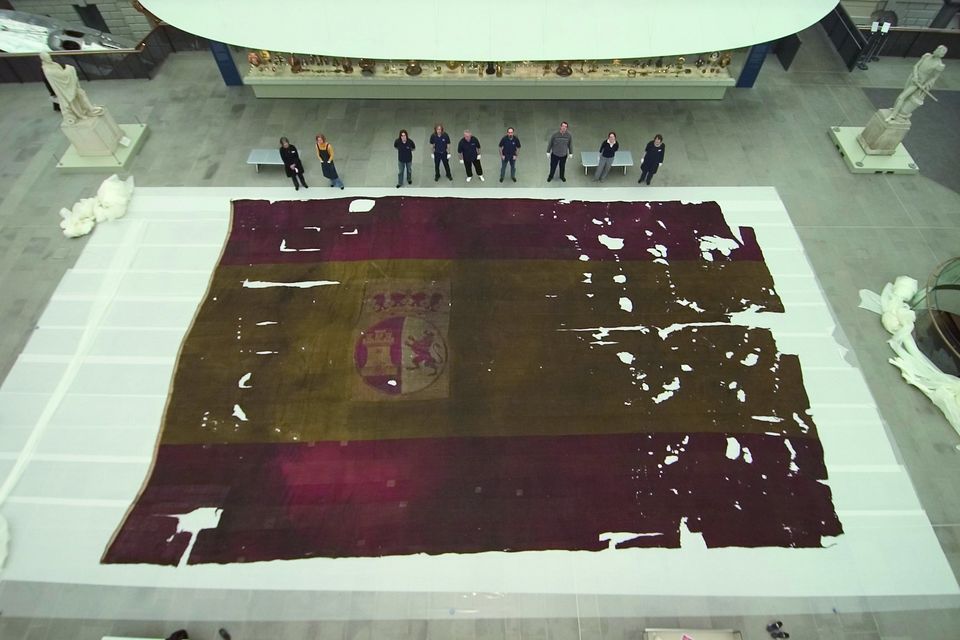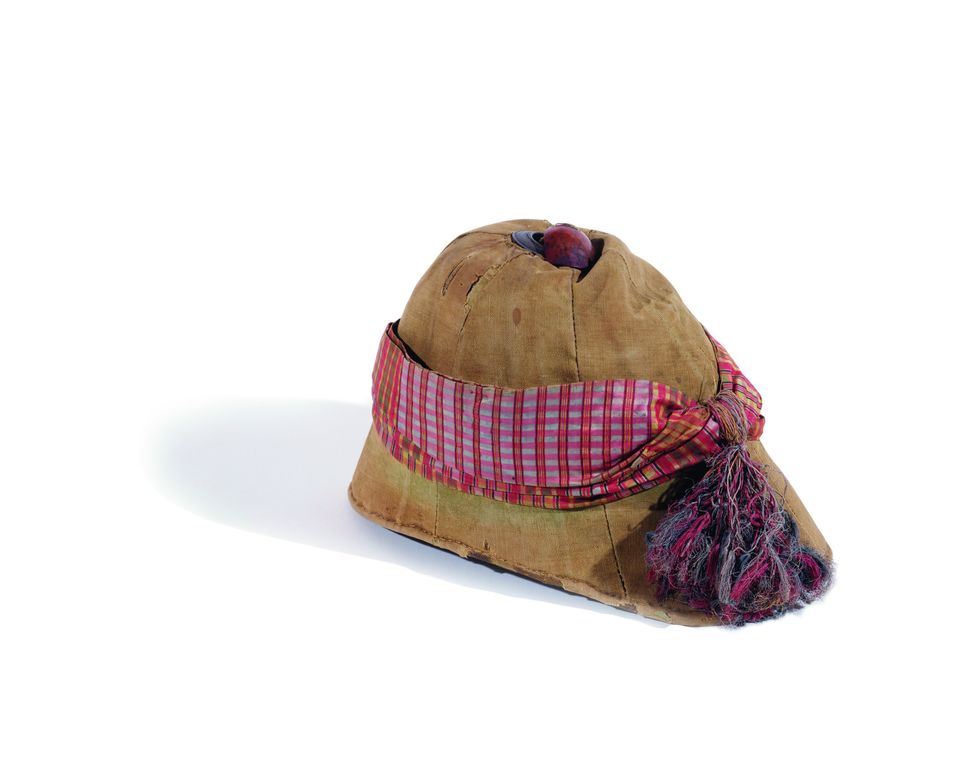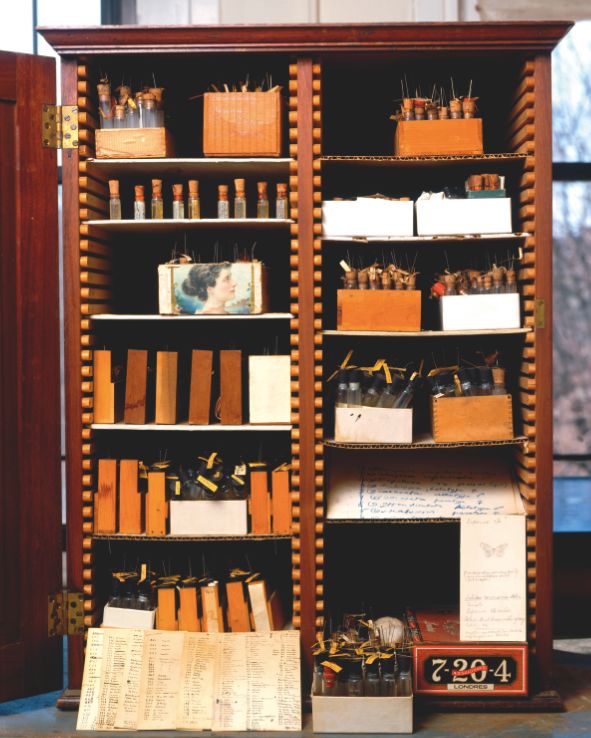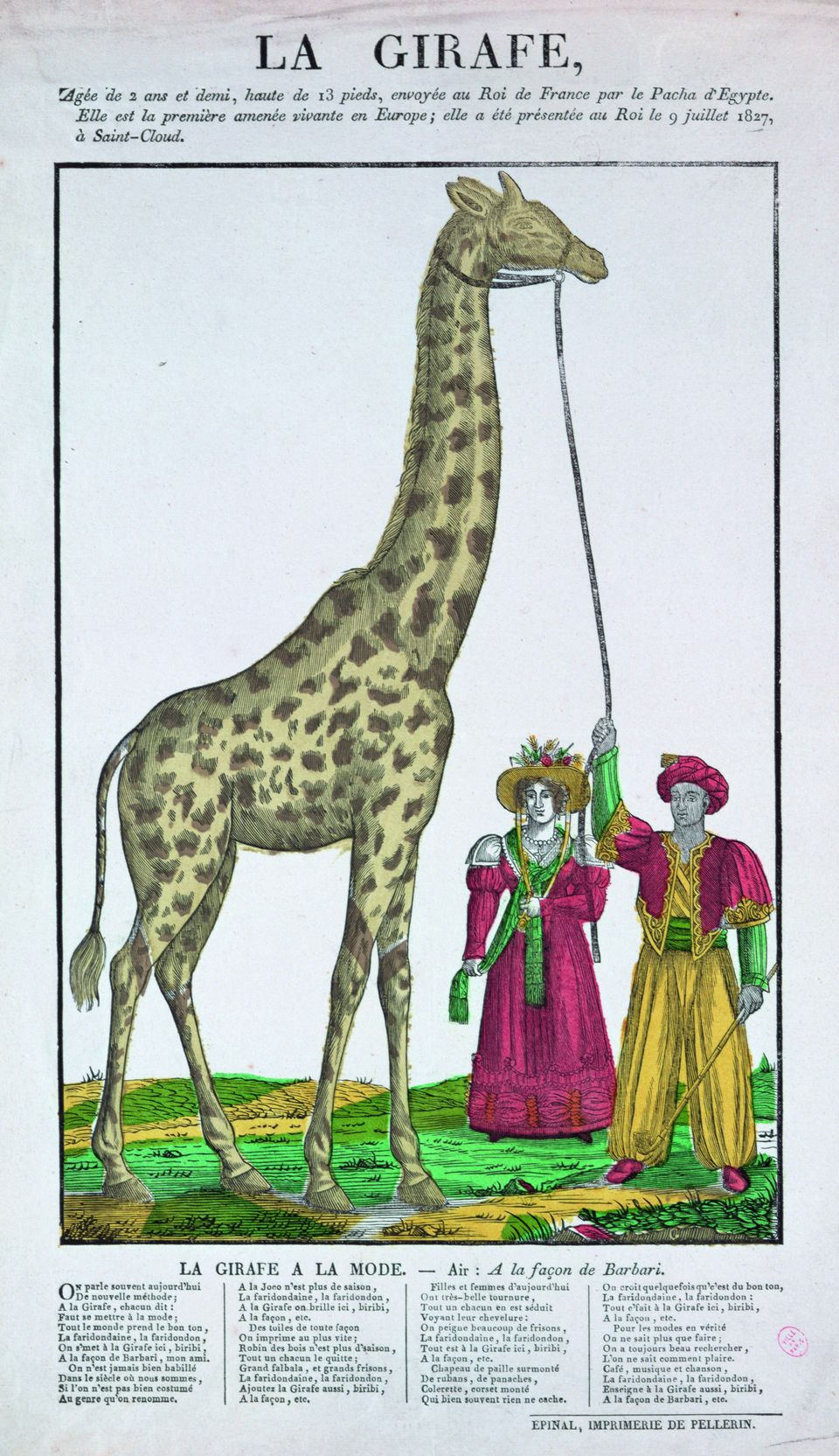I'm a writer on QI (Quite Interesting) the BBC quiz show hosted by Stephen Fry. The question I get asked most by fans of the show is how I come up with the script questions? We like to ask unusual questions like: "Why don't pigeons like going to the movies?" (They have three times our visual processing speed and would be able to see every frame in each second of film -- a bit like watching a slideshow) and "What color is the Universe?" (Beige). I like to go to museums for inspiration and I've spent many an afternoon soaking up new information in beautiful museum spaces.
That was, until three years ago, the fish curators at the Natural History Museum (NHM) in London -- yes really, curators of fish! -- asked whether I would like to go behind the scenes at the museum and see their secret fish. Of course I leapt at the chance and set off into the realm where all the magic happens.
I spent hours in the Natural History Museum storage collection of around 70,000 fish -- preserved in glass specimen bottles, and in tanks and drawers. I saw fish collected by Darwin on the Beagle, put my head in a shark's jaws, played with swordfish swords, peered into the eye of a Giant Squid and saw freakish specimens donated to the museum by Damien Hirst. I realized that there is far more below the surface in every museum than there is out on show. I had unwittingly tripped into the rabbit hole that leads through the worlds of museum archives and their stories and secret treasures.
If you will forgive the fish-based analogy, I was hooked. I walked out of the Natural History Museum wondering whether all museums were like that? The NHM has 95% of its 70 million specimens behind the scenes. I began to wonder, what was in the archive of the Smithsonian museums? How about the New York Public Library? Or the Guggenheim in NYC -- was anything hidden out of sight there? What was lurking in museums in Brazil? I decided to find out.
I traveled the globe to the world's most interesting museums, bypassing the main galleries in favor of the things you can't usually see. The things I found were astounding; in the basement of the Royal Society in London, I put my eye to Newton's telescope, just as he did centuries ago in his lab in the Tower of London; in Edinburgh I pored over the original draft of Auld Lang Syne, now sung all over the world at New Year; at the New York Public Library I held a letter opener which belonged to Dickens -- the handle was made the paw of his beloved cat Bob; and in the Vatican observatory in the countryside outside Rome, I marveled at pieces of Mars.
Two years of adventures later I had written the stories of sixty objects, their hidden location and the curators who care for them. These tales of hidden treasures make up The Secret Museum. It's impossible to pick a favorite because I love them all, but here's a taster to get you started. Hopefully you'll dip into your own copy and find personal favorite treasures to enjoy.








Used with permission from The Secret Museum: Some Treasures are Too Precious to Display by Molly Oldfield, Firefly Books 2013, $35.00 hardcover, available in bookstores everywhere and from online booksellers.